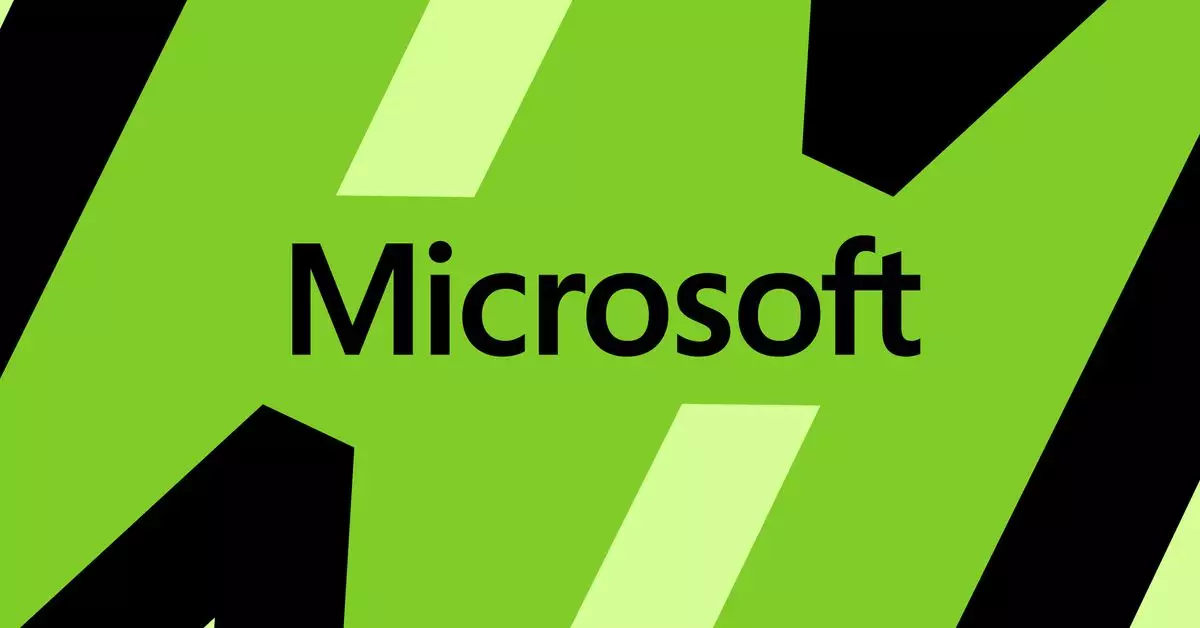Microsoft recently introduced the latest version of its lightweight AI model, Phi-3 Mini, marking a significant milestone in the world of artificial intelligence. This new model is just the first of three small models that Microsoft plans to launch, with Phi-3 Small and Phi-3 Medium on the horizon. With 3.8 billion parameters, Phi-3 Mini is trained on a smaller dataset compared to larger language models like GPT-4.
Microsoft has been at the forefront of innovation in the AI space, with Phi-3 Mini being the latest addition to its impressive lineup of AI models. The company’s focus on developing lightweight AI models that deliver top-notch performance while being cost-effective to run is commendable. Eric Boyd, corporate vice president of Microsoft Azure AI Platform, praises Phi-3 Mini, stating that it is as capable as larger models like GPT-3.5, albeit in a smaller form factor.
Small AI models like Phi-3 Mini offer a range of benefits over their larger counterparts. They are often cheaper to run and more efficient on personal devices such as phones and laptops. This makes them particularly well-suited for applications that require on-device processing or have limited computational resources. Microsoft’s decision to invest in smaller AI models reflects the growing demand for lightweight and versatile AI solutions.
Microsoft’s competitors also have their own small AI models tailored to specific tasks such as document summarization or coding assistance. Google’s Gemma 2B and 7B are ideal for simple chatbots and language-related tasks, while Anthropic’s Claude 3 Haiku excels at reading and summarizing dense research papers. Meta’s Llama 3 8B, released recently, is positioned for chatbot and coding assistance applications. The competition in the AI space is fierce, with each company vying to push the boundaries of what small AI models can achieve.
Boyd reveals that developers trained Phi-3 using a unique “curriculum” approach, drawing inspiration from how children learn from simplified language and storytelling. By leveraging a list of over 3,000 words to create “children’s books,” Microsoft aimed to teach Phi-3 in a structured and progressive manner. This method allowed Phi-3 to build upon the knowledge gained from its predecessors, with each iteration focusing on enhancing different capabilities such as coding, reasoning, and general knowledge.
While Phi-3 Mini is a remarkable achievement in the realm of lightweight AI models, it has its limitations. Boyd acknowledges that Phi-3 and its counterparts may not match the breadth and depth of larger models like GPT-4, which have been trained on vast amounts of data from the internet. The trade-off between model size and performance is a key consideration for companies looking to deploy AI solutions for custom applications, especially when working with smaller internal datasets.
Microsoft’s Phi-3 Mini represents a significant step forward in the development of lightweight AI models. With its impressive performance and cost-effective nature, Phi-3 Mini is poised to make a significant impact across a wide range of applications. As the AI landscape continues to evolve, it will be fascinating to see how companies leverage small AI models like Phi-3 to drive innovation and achieve new breakthroughs in artificial intelligence.


Leave a Reply